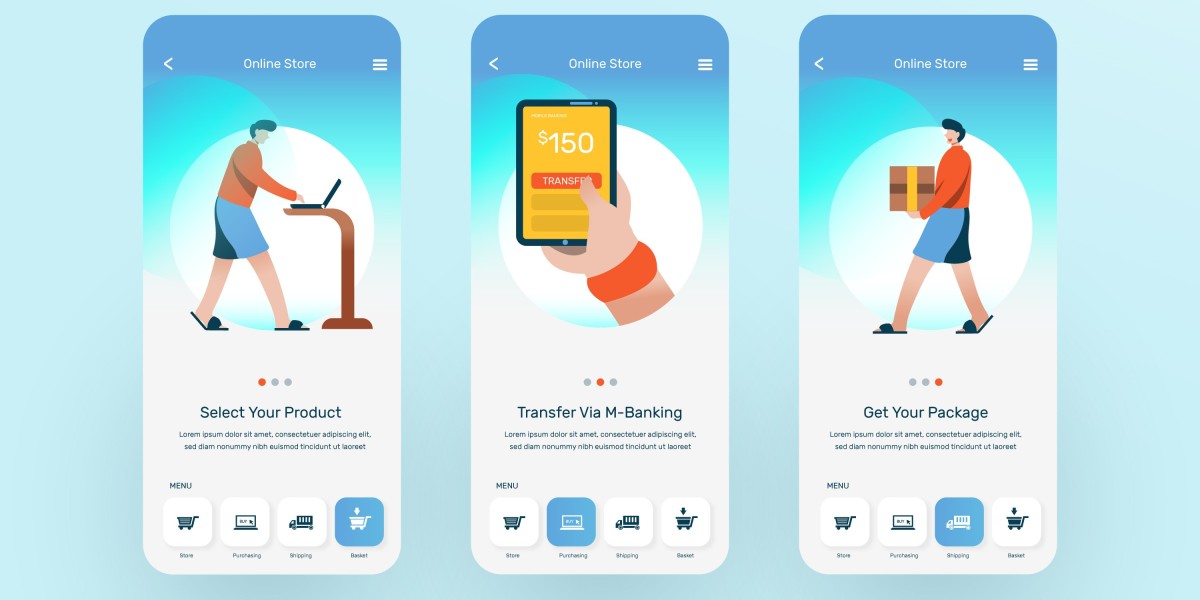In the fast-paced world of logistics, courier services have become vital for both businesses and individuals. With the increasing reliance on mobile applications for deliveries, the demand for efficient and intelligent courier apps has grown exponentially. One of the most critical features of these apps is their ability to handle real-time updates and manage unexpected delays effectively. Understanding how modern on demand courier app development addresses these challenges gives insight into the evolving technology behind seamless delivery services.
This article explores the various mechanisms courier apps use to handle real-time updates and delays. From GPS tracking to predictive analytics, these technologies ensure timely deliveries and improve customer satisfaction.
Real-time tracking as the backbone of courier app functionality
Real-time tracking is the most essential feature of a courier application. It provides users and service providers with live updates about the location of a parcel. This is typically achieved through GPS and geolocation technologies integrated within the app.
Modern courier apps allow customers to view the exact location of their package, estimated time of arrival, and delivery progress. On the backend, courier companies monitor the same information to manage their delivery agents efficiently. This data is updated continuously and transmitted using cloud-based platforms that sync information between users, delivery personnel, and the main server.
How courier apps monitor and adjust for traffic congestion
One major source of delay in delivery services is traffic congestion. Advanced courier apps mitigate this problem using real-time traffic analysis tools. These tools analyze traffic data from third-party providers or built-in navigation systems like Google Maps or Mapbox.
When a courier app detects unusual traffic conditions, it automatically suggests alternative routes to the driver. Additionally, artificial intelligence can predict likely delays and adjust the estimated delivery time proactively. This keeps customers informed and helps maintain trust in the service.
Role of predictive analytics in managing delivery expectations
Predictive analytics plays a crucial role in on demand courier app development. By analyzing historical data, weather conditions, delivery routes, and traffic patterns, courier apps can predict potential delays before they occur.
For instance, if a certain neighborhood often experiences delivery slowdowns due to road construction or school traffic during certain hours, the app can schedule pickups or deliveries around those times. This helps reduce delivery failure rates and ensures better planning for both customers and delivery agents.
Instant communication between all stakeholders in the delivery chain
Effective communication between the sender, receiver, and delivery personnel is key to addressing delays and keeping everyone updated. Modern courier apps provide built-in chat features, call buttons, and notification systems that alert users about order status changes.
When a delivery is delayed, automated messages can inform the customer in real time, providing transparency and reducing frustration. Likewise, delivery agents can communicate directly with the customer if they face issues such as locked gates, incorrect addresses, or unreachable recipients.
Integration of cloud technology for seamless real-time updates
Cloud technology is central to real-time updates in courier applications. It provides the infrastructure needed to store, process, and transmit data instantly across different devices and locations.
When a delivery status changes—for example, from "Out for Delivery" to "Delivered"—the cloud system updates all user interfaces simultaneously. This ensures that everyone has access to the most current information. Cloud platforms also support scalability, allowing courier businesses to manage large volumes of deliveries during peak times without performance issues.
Handling unexpected delays with smart notification systems
Delays are inevitable in courier services, but how they are managed can make a significant difference in user experience. Smart notification systems help courier apps provide timely updates about delays, rescheduling options, or even package rerouting.
For instance, if a courier vehicle breaks down, the system can immediately notify all stakeholders and dispatch a backup delivery agent. These smart systems also send estimated revised delivery times, enabling customers to plan accordingly.
Importance of performance analytics for app improvement and delay management
Performance analytics helps courier companies evaluate how their apps perform in real-world conditions. It provides insights into delivery time accuracy, frequency of delays, and customer feedback. By regularly analyzing this data, developers and operations teams can identify bottlenecks and improve the app’s functionality.
This could include optimizing routes, improving GPS accuracy, or enhancing server performance. Companies that invest in performance tracking are better equipped to minimize delays and deliver consistent service quality.
How machine learning helps in dynamic route planning and delay reduction
Machine learning is increasingly used in courier app development to automate route planning and minimize human error. These algorithms learn from delivery data over time and identify patterns that lead to inefficiencies or delays.
For example, the system might learn that certain drivers are consistently faster in certain regions or that certain routes are more reliable during specific hours. The app then uses this information to plan optimal delivery schedules, balancing speed and fuel efficiency.
Machine learning also helps prioritize urgent deliveries and allocate resources dynamically. This adaptive approach ensures fewer delays and a more streamlined courier experience.
Future trends in courier apps for managing real-time updates
As technology evolves, future courier applications will integrate even more sophisticated tools for handling real-time updates and delays. This includes drone and autonomous vehicle tracking, IoT-enabled package sensors, and blockchain-based delivery verification.
In addition, more courier platforms are investing in app development solutions that incorporate modular systems for better scalability and flexibility. These solutions allow businesses to adapt quickly to market changes and user needs.
While some companies opt for fully custom-built applications, others explore the benefits of a Readymade App to enter the market faster. However, both models must support reliable real-time features to compete effectively in the courier industry.
Final thoughts
Efficient handling of real-time updates and delays is no longer a luxury but a necessity in courier applications. As users demand faster, more transparent services, the technology behind courier apps continues to evolve. The success of an on demand courier app development project depends largely on how well it can manage live tracking, respond to delays, and keep users informed throughout the delivery cycle.
Whether you’re a startup considering entering this space or an established courier company looking to upgrade your technology, it’s essential to evaluate the delivery app development cost in relation to the features you need. Prioritizing real-time functionality will help ensure user satisfaction, operational efficiency, and long-term growth in a highly competitive market.








